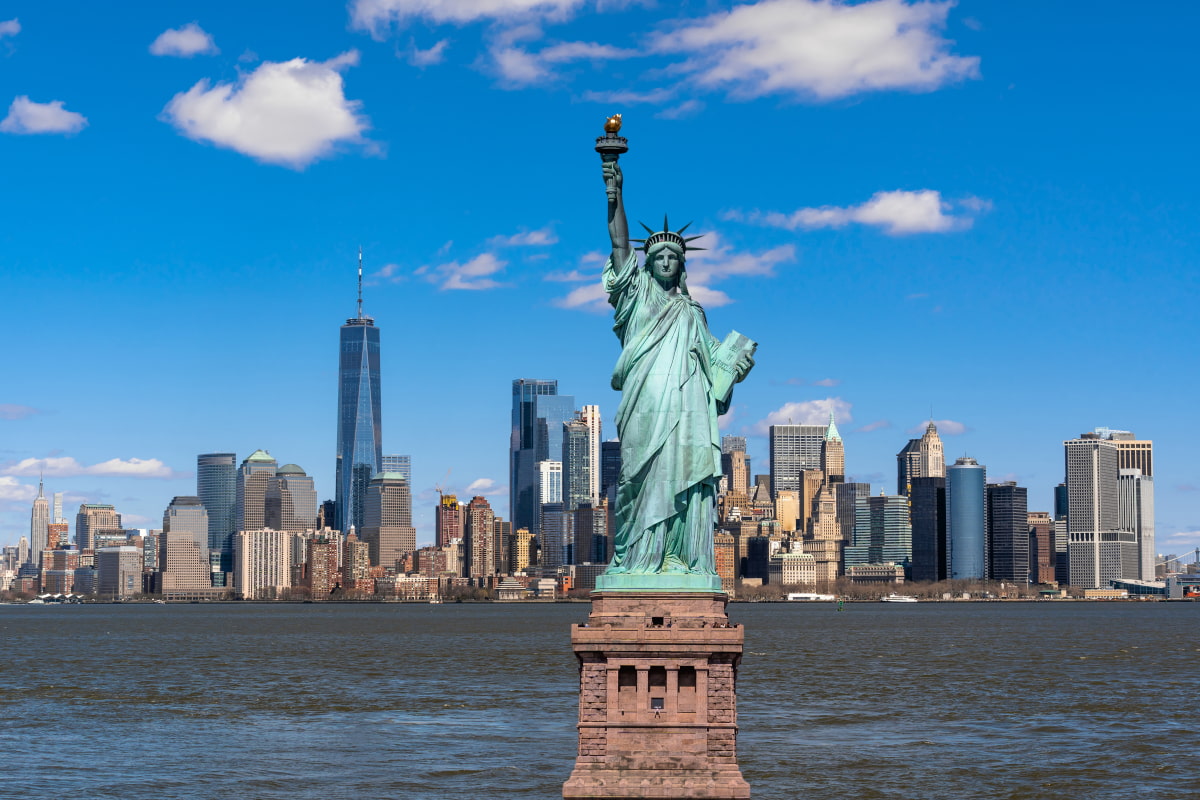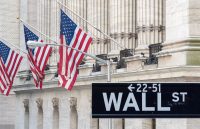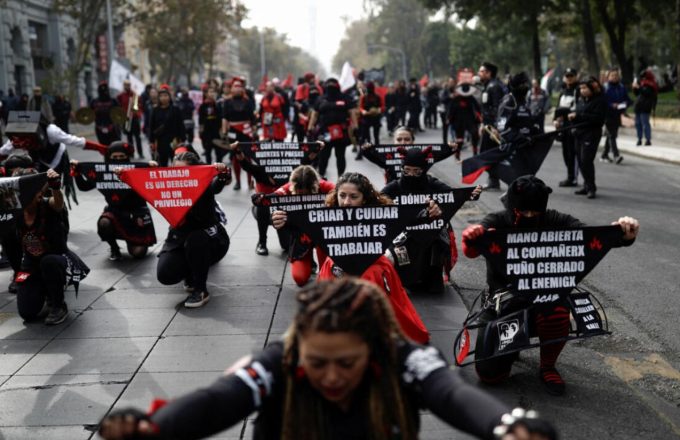The United States economy regained traction strongly in the last three months of 2021, in a year marked by the strongest growth since 1984, confirming the full recovery of activity after the pandemic. Despite the slowdown suffered in the third quarter due to the impact of the delta variant and the global jam in the supply chains, the good performance of the economy in the last stretch of 2021 underpins the decision of the Federal Reserve to tighten its monetary policy in March. For the year as a whole, the economy grew by 5.7%, a particularly noteworthy figure when compared to the 3.4% contraction in 2020, which had been the biggest drop in 74 years.
In the last quarter of the year the economy grew by 1.7%. In annualized terms, it did 6.9%, almost triple that in the third quarter (2.3%). The acceleration in the last section was motivated by a rebound in exports, as well as by the replacement and investment in inventories and sustained consumer spending. In the fourth quarter, the cases of covid-19 caused restrictions and interruptions in the activity of businesses and companies in some states of the country, according to the first estimates of the Bureau of Economic Analysis (BEA, for its acronym in English).
The White House has welcomed the results. “It is the fastest economic growth in almost four decades, in addition to the largest job creation in US history. And, for the first time in 20 years, our economy has grown faster than China’s,” said the president. Joe Biden in a statement. Annual growth has even exceeded the expectations of the Federal Reserve (Fed) and the IMF, which forecast a rise of 5.5% and 5.6%, respectively. For the first quarter of 2022, however, a slowdown is expected as a result of the impact of the omicron variant on the labor market and the consequent disruption of economic activity



















